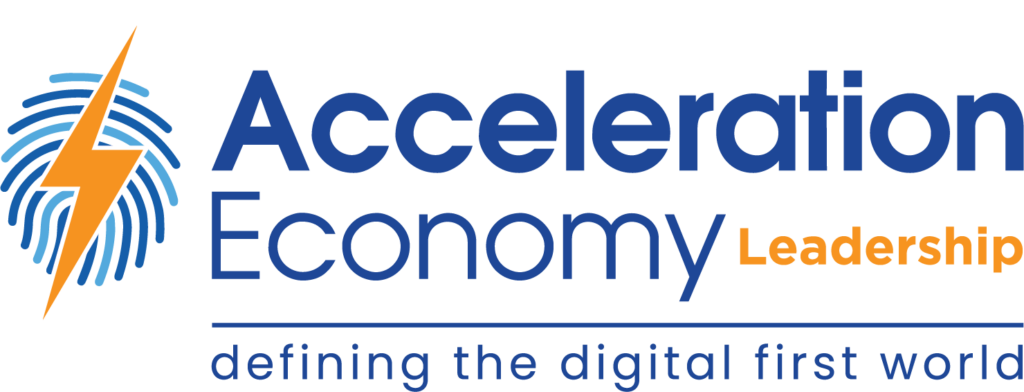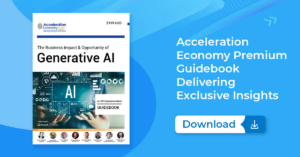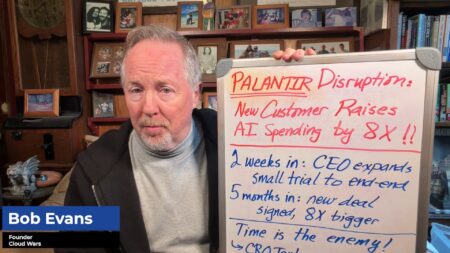The 21st century has been marked by the rapid rise of artificial intelligence (AI) while the last year has been marked by the even more rapid rise of generative artificial intelligence. This technological marvel is no longer limited to the confines of cutting-edge research facilities or sci-fi fantasies. It is now becoming ingrained in our daily activities.
There’s a lot of discussion about how AI is evolving marketing, the cloud, cybersecurity, and other knowledge-based areas of our businesses and our lives. But there’s less talk about the other AI evolution — how AI is advancing and aiding our most used devices, from smartphones to hearing aids.
Those devices, which are constant parts of our daily lives, are experiencing an overhaul for the better, with AI as a core element for innovation. One of the leading technological giants at the forefront of AI device transformation is Intel. The company’s recent announcements on its quarterly earnings call provide a revealing look into its strategic approach to AI.
But what does this mean for the broader ecosystem?
Intel’s Strategic Positioning
Intel’s CEO, Pat Gelsinger, highlighted the company’s focus on a “beneficial total cost of ownership (TCO) at every node on the AI continuum.” It implies that Intel isn’t just chasing high-end AI applications. It is looking at the entire spectrum — from high-powered data centers processing vast amounts of data to low-power devices like hearing aids. This broad focus is emblematic of a company that sees AI’s potential to revolutionize every piece of tech we use. That means better user experiences for the device user and many new use cases for the enterprise that looks to use intelligent endpoints to revolutionize its business.
The democratization of AI, as Gelsinger puts it, will eventually make AI ubiquitous. This strategy contrasts with an approach where AI is seen as a premium or niche feature. For example, some higher-end premium smartphones now feature AI-enhanced cameras for photography, something lower-end phones do not yet offer. Another example is advanced driver assistance available on many premium cars. This feature has been shown to improve safe driving and help avoid accidents but is not yet available on more basic models. Instead, Intel aims for AI to be a default, standard component across devices and applications. It will create a somewhat level playing field for device OEMs (original equipment manufacturers) and the applications that utilize these devices for data capture and transmit.
The democratization of AI also increases the need for AI to be explainable. “Explainability goes hand-in-hand with the democratization of AI,” says Acceleration Economy analyst Toni Witt. “While AI development and use were limited to data scientists even a decade ago, we now see an explosion of low-code and turnkey AI [tools]. But these products aren’t enough: Now every organization has a responsibility to upskill their team around the effective use of AI.”

Intel’s approach has several implications for the ecosystem, including.
- Opportunities for product differentiation: The breadth of Intel’s AI vision means manufacturers in various sectors, from health tech to consumer electronics, can leverage AI-enhanced chipsets. These can be used to drive product differentiation and enable new features. For instance, smartphones that are actually smart and can respond to the user’s intention, versus merely overlaying voice options like Siri (which often misunderstands intent), as well as understand the setting and situation and adapt accordingly; AI-powered noise cancellation in hearing aids; or real-time language translation in earbuds.
- Innovation at all power levels: Intel’s comment about the spectrum of power consumption, from 10 megawatts to 10 microwatts, shows a roadmap for innovations that cater to high-power devices as well as battery-operated, long-life gadgets. Businesses need to realize that AI isn’t just about heavy computation but can also be a game-changer in low-power scenarios. For example, integrating location and condition data into connected shipping containers, even though they operate on minimal data and power, could bring about a significant transformation in the supply chain.
- An open ecosystem approach: Intel’s strategy promotes an open ecosystem. It’s not just about silicon but also the suite of software and intellectual property (IP) that can accelerate AI applications. This open approach allows for greater collaboration and integration with a wide variety of other technologies and platforms. In effect, it democratizes the ecosystem of developers by allowing any firm large or small to innovate with AI.
Leveraging Intel’s Approach for Business Success
For businesses operating within the technology ecosystem, there’s a clear blueprint to drive success that can be gleaned from Intel’s strategy and applied to any business:
- Ride the wave of democratized AI: Embrace AI as a standard feature rather than a premium add-on. Regardless of your product’s focus, there’s likely a way to enhance it with AI.
- Collaborate and integrate: With Intel promoting an open ecosystem, businesses should look for collaboration opportunities. Integrating with Intel’s suite of software and IP can provide a competitive edge.
- Future-proofing: As with the Centrino and Wi-Fi revolution in the early 2000s, AI is set to be a defining aspect of tech in the coming years. Businesses must keep this in mind for long-term product roadmaps and strategic planning.
Intel’s vision of AI offers a comprehensive blueprint that spans power ranges and applications. Its emphasis on democratization and open ecosystem collaboration provides an exciting path forward. Businesses and manufacturers that keenly observe and adapt to this approach will find themselves in a prime position to capitalize on the upcoming AI-driven era.








